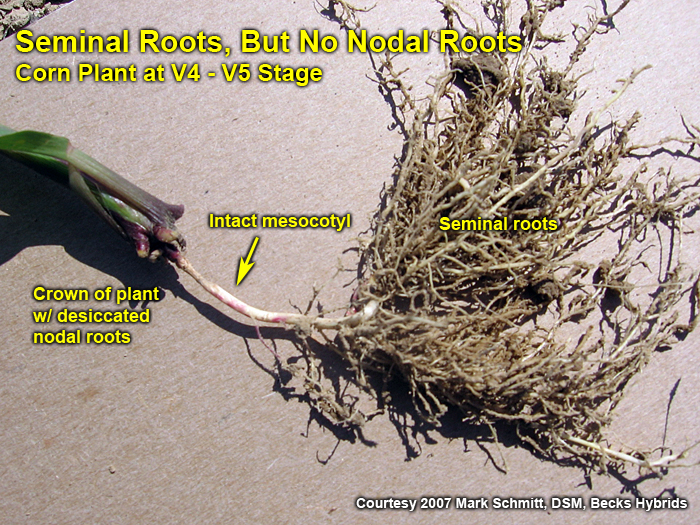
Excessive drying of the upper soil profile is conducive for the development of what some of us affectionately call the “rootless corn” or “floppy corn” syndrome.

Excessive drying of the upper soil profile is conducive for the development of what some of us affectionately call the “rootless corn” or “floppy corn” syndrome.

It is important to monitoring for diseases to make an informed decision if a fungicide is necessary.
Armyworm Pheromone Trap Report – 2022
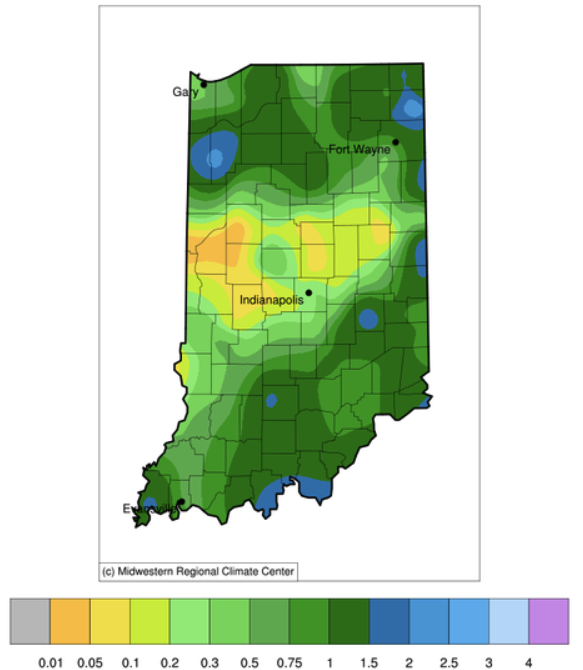
Rain continues to be spotty across Indiana with some areas getting the lion’s share while others are barely seeing a drop. When considering a recent 7-day period (June 1-7, 2022; Figure 1), central Indiana seemed to have missed out on most of the rain. This translated to central Indiana receiving around 5%-25% of what it normally received during that same period from 1991-2020 (Figure 2). However, if one considers the recent 30-day period (May 9 – June 7, 2022), the whole northern half of Indiana appears to have only received 25%-75% of what has normally fallen (Figure 3). The period of consideration when looking at recent climate is important, and no time frame is necessarily superior to another. It all depends upon the application. For example, being on the dry side over a 7-day period in May could be preferable for agriculture so planting can happen with fewer muddier fields. [Read More…]
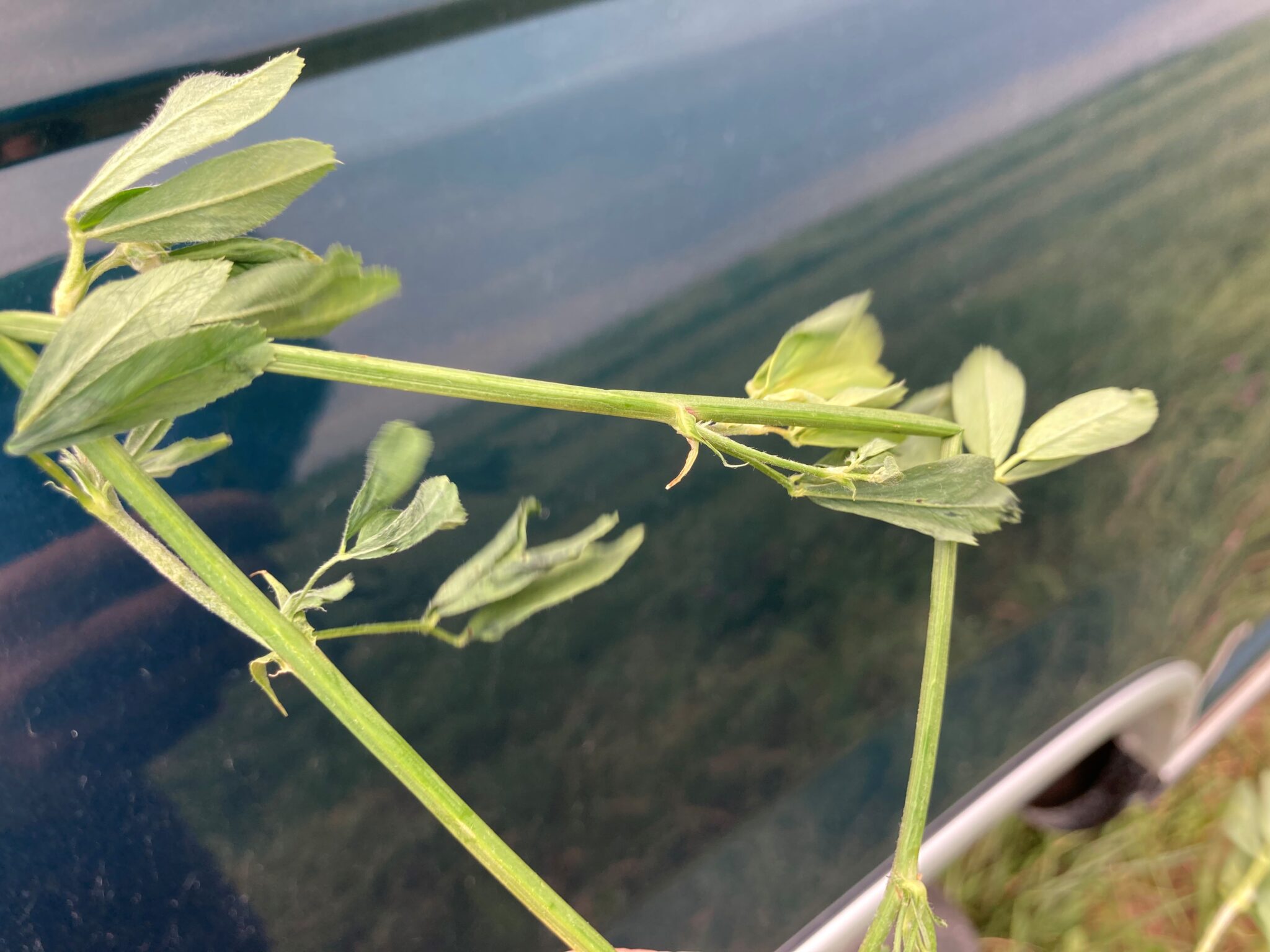
It has been my observation that many livestock producers that once used tower silos have transitioned to using plastic bags for fermenting forages.
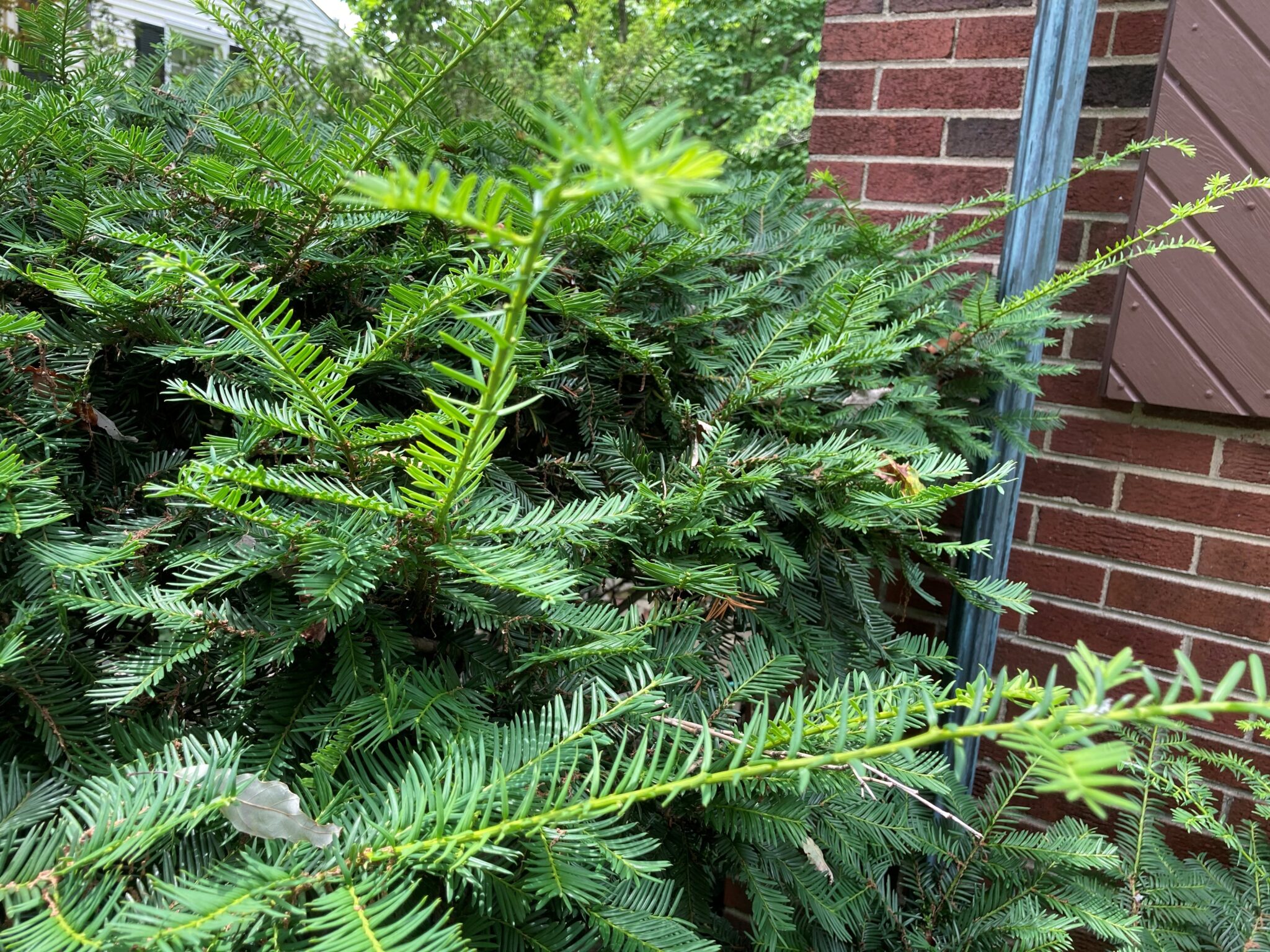
It is that time of year when the yew (pronounced like the letter “U”) is likely in need of a trim to look best as a landscaping plant. Yews have been used as a common landscaping shrub or small tree for decades.
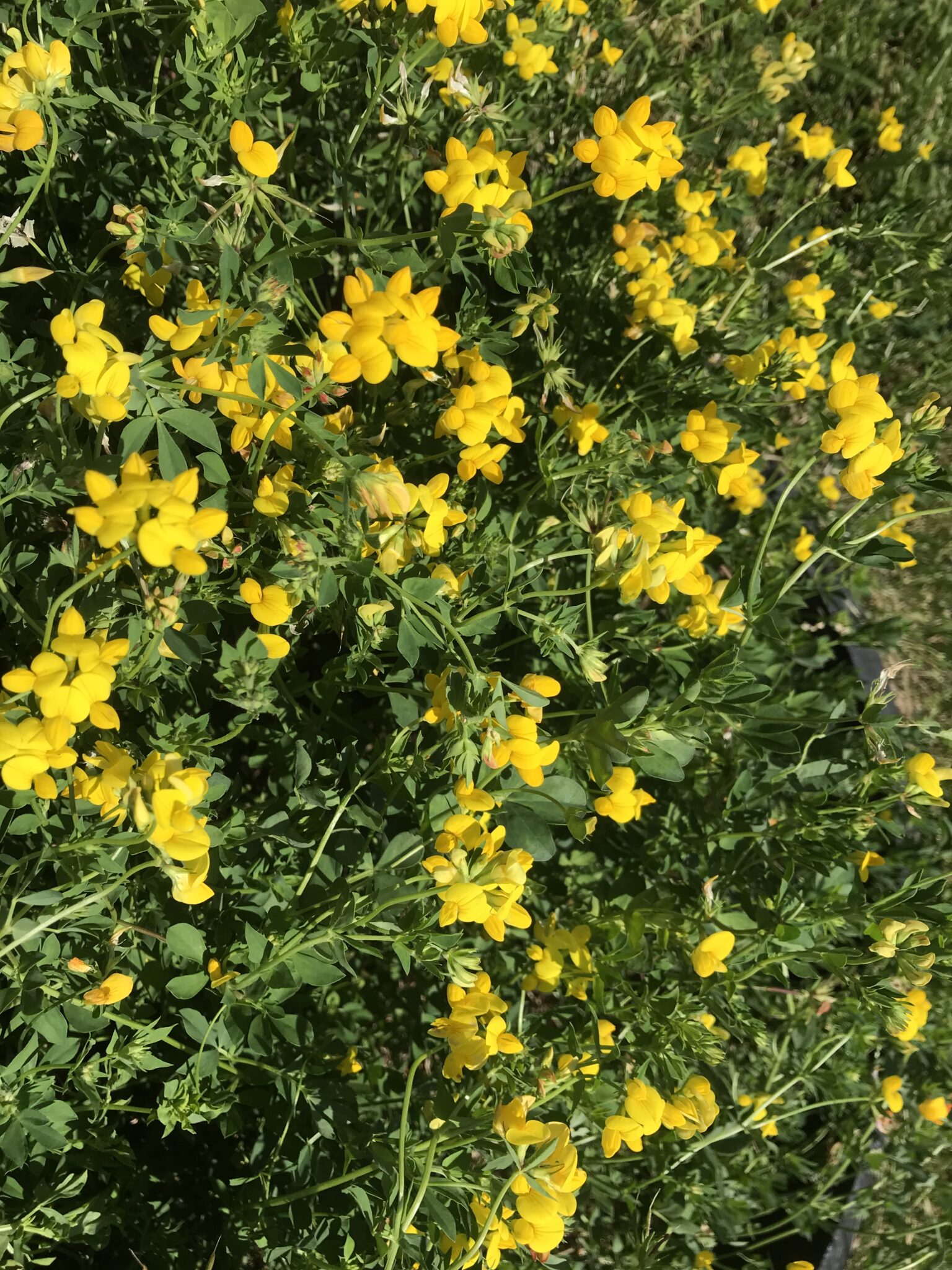
You don’t see birdsfoot trefoil in many Indiana pastures. This perennial legume is in full bloom now with obvious bright yellow-orange flowers.
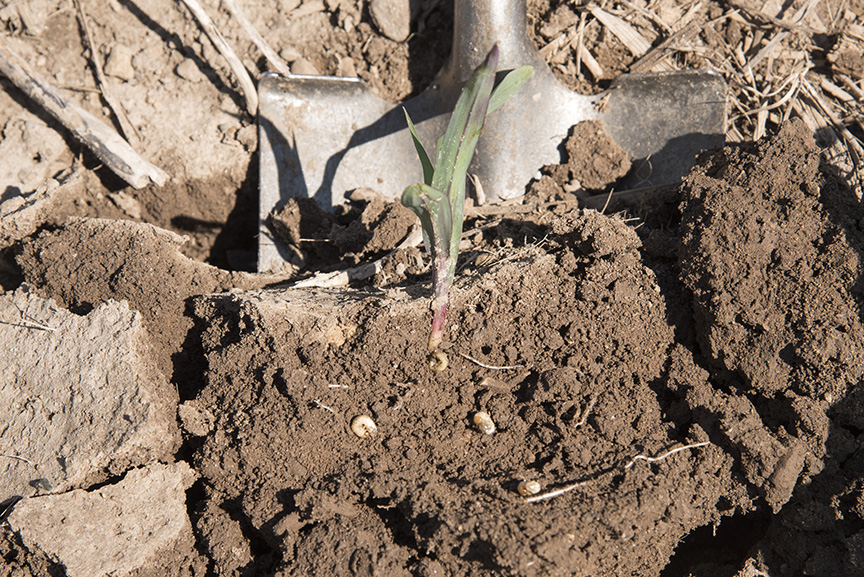
Grubs of the Asiatic garden beetle have been recently found damaging corn seedlings in northern Indiana counties.

The corn and soybean planting season has been compressed significantly due to the frequent rain showers received during late April and May.
Armyworm Pheromone Trap Report – 2022
© 2025 Purdue University | An equal access/equal opportunity university | Copyright Complaints | Maintained by Pest&Crop newsletter
If you have trouble accessing this page because of a disability, please contact Pest&Crop newsletter at luck@purdue.edu.